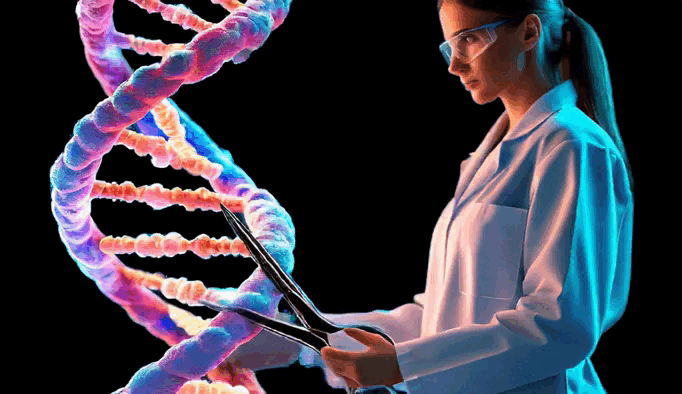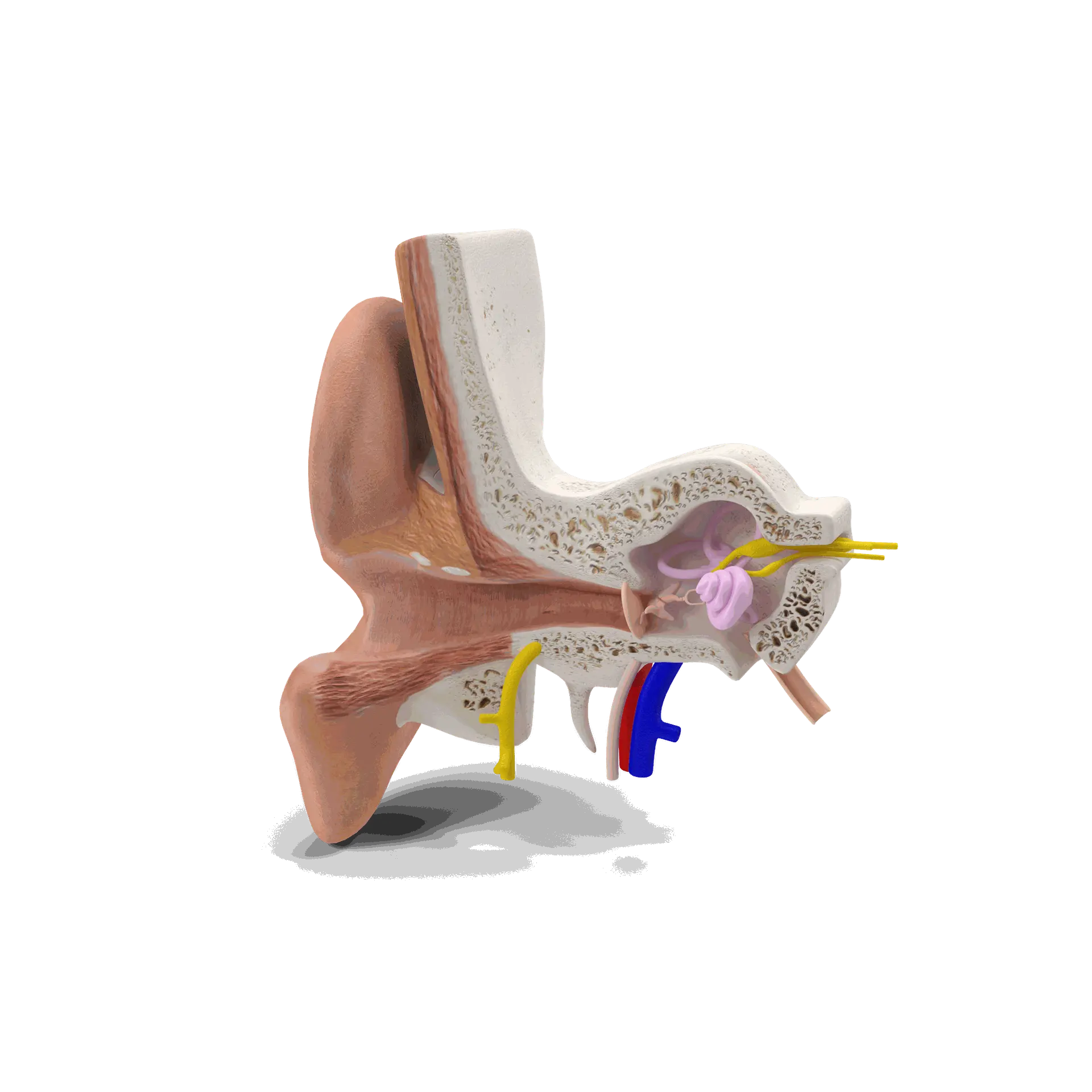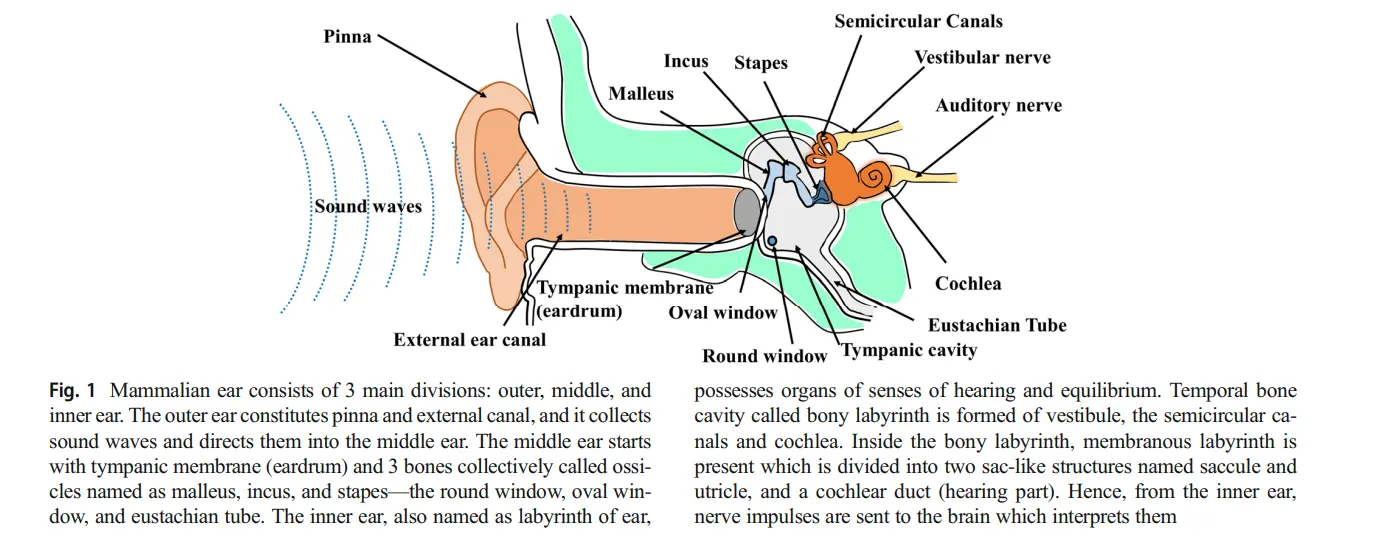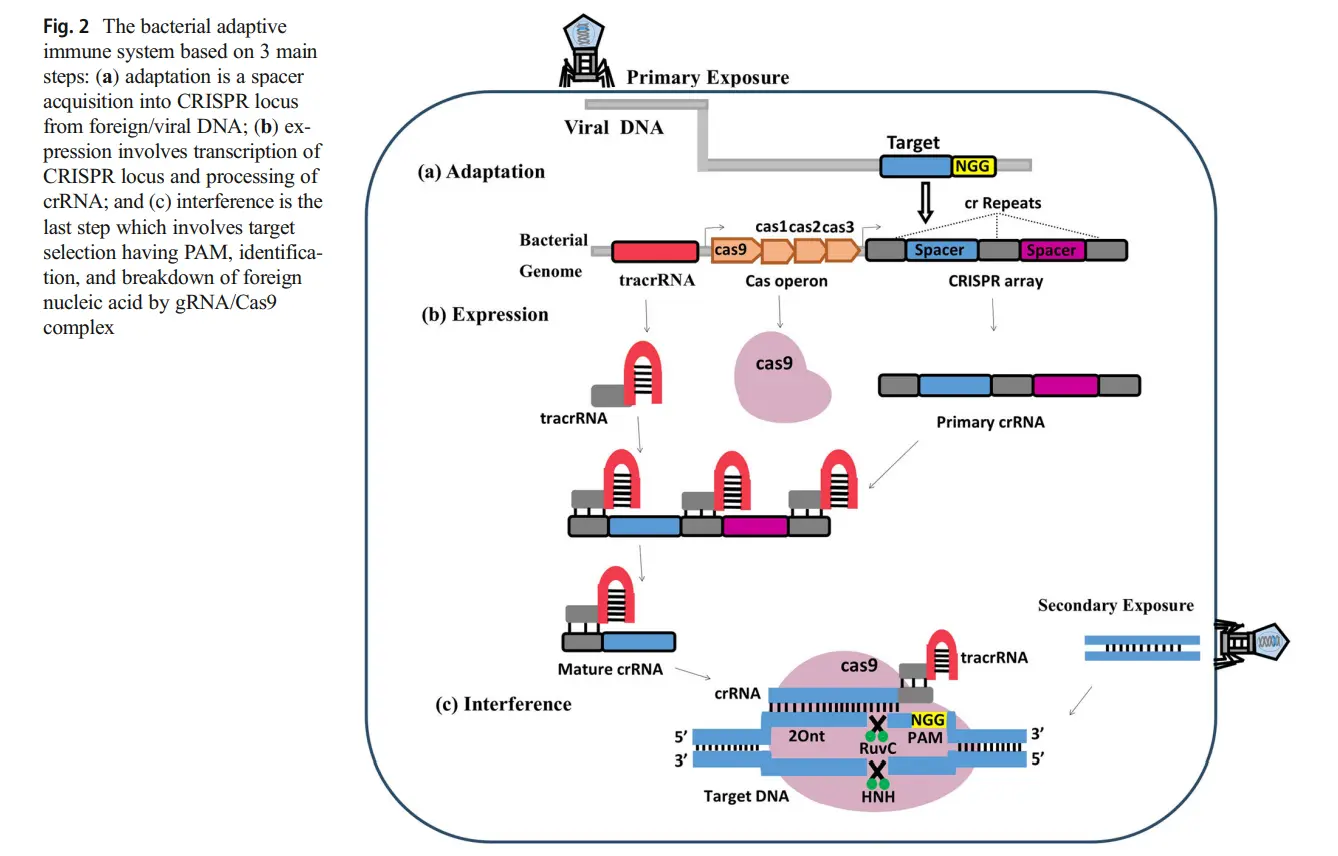
What Are the Causes of Inner Ear Disorders?
Inner ear disorders account for a large proportion of cases of sensorineural hearing loss and balance problems. These conditions can arise from a variety of causes, grouped into several major categories:

Genetic causes
Certain DNA anomalies lead to malformations or dysfunction of the inner ear cells either from birth or during life. Examples include:
- Usher syndrome (hearing loss associated with vision problems)
- Pendred syndrome
- Mutations in genes such as MYO7A, TMC1, OTOFERLIN, GJB2, and others
Why Regenerate Hair Cells?
Sensorineural hearing loss is most often caused by the destruction of sensory hair cells in the cochlea. These tiny but vital cells play a central role in the hearing process: they convert sound vibrations into electrical signals that are transmitted via the auditory nerve to the brain, where they are interpreted as sound. When these cells are damaged or destroyed, the result is permanent hearing loss because — unlike in fish and birds — adult mammals cannot naturally regenerate hair cells.
This biological limitation represents a major challenge in hearing loss treatment. While devices like hearing aids and cochlear implants help compensate for the deficit, they do not restore the natural architecture or function of the inner ear. The regeneration of hair cells could provide a real cure, restoring natural hearing and offering new hope to millions of people worldwide affected by deafness.

air Cell Regeneration: Hope for Restoring Hearing
Inner ear disorders are most often caused by the destruction of cochlear hair cells, tiny sensory cells that play a crucial role in our ability to hear. These cells act as biological microphones, converting mechanical sound vibrations into electrical signals that the brain can interpret. Once damaged — whether by noise, aging, ototoxic drugs, or genetic conditions — these cells do not naturally regenerate in adult mammals, including humans. This permanent loss of hair cells leads to sensorineural hearing loss, the most common type of deafness.
In recent years, research has increasingly focused on finding ways to regenerate hair cells, offering real hope of restoring natural hearing. Scientists are exploring three main strategies, each with its own promise and challenges.

🧬 Cell Therapy
Cell therapy takes a different approach: introducing new cells into the damaged inner ear.
- Stem cells — either embryonic stem cells (ESCs) or induced pluripotent stem cells (iPSCs) — are cultivated and pre-differentiated into hair cell-like or auditory neuron-like cells.
- These cells are then transplanted into the cochlea, with the goal of reconstructing the sensory structures necessary for hearing.
- Studies in animal models have shown that transplanted cells can survive for several weeks and, in some cases, contribute to improved auditory responses.
💡 Challenges: Ensuring that transplanted cells integrate correctly into the intricate architecture of the cochlea, form functional connections with auditory neurons, and avoid complications such as tumor formation.

Gene Editing (CRISPR/Cas9)
Gene editing technologies such as CRISPR/Cas9 have revolutionized the possibility of addressing the root causes of hereditary deafness.
With CRISPR, specific mutations responsible for genetic forms of hearing loss can be precisely corrected in cells.
Research has already demonstrated the successful correction of mutations (e.g., in TMC1, USH2A) in cell cultures and animal models, leading to restoration of hair cell function and partial hearing recovery.
This strategy opens doors not only for treating existing hearing loss but also for preventing deafness in individuals carrying harmful genetic variants.

